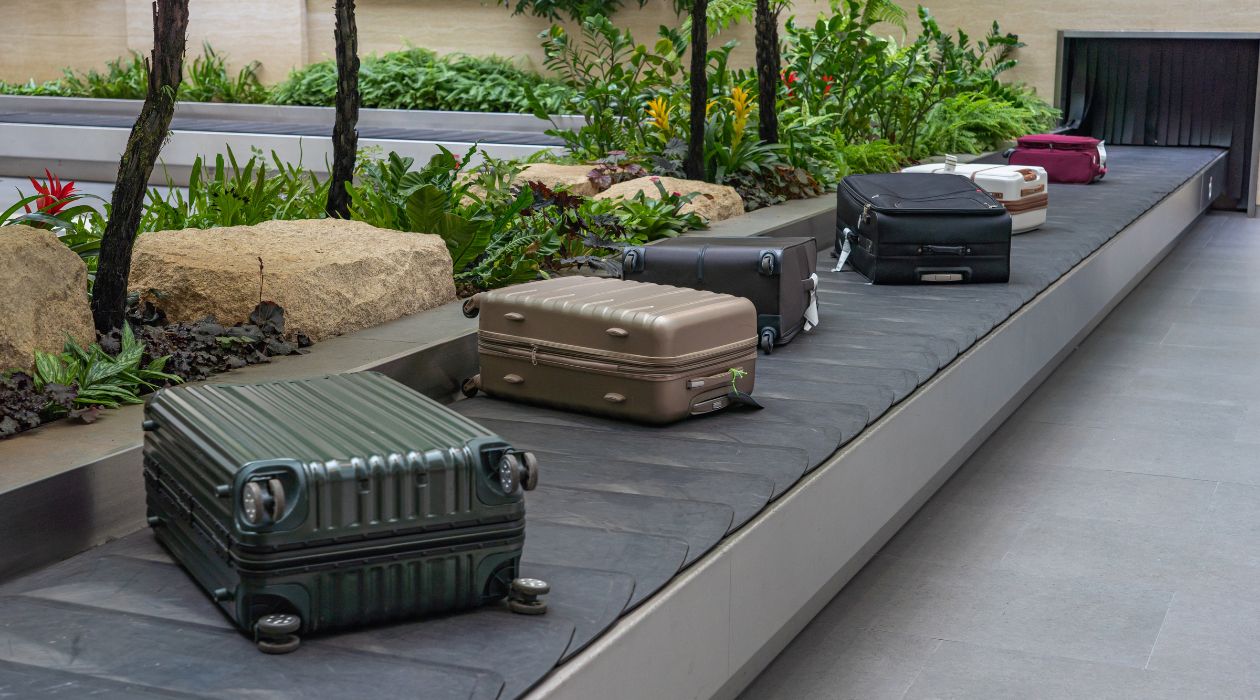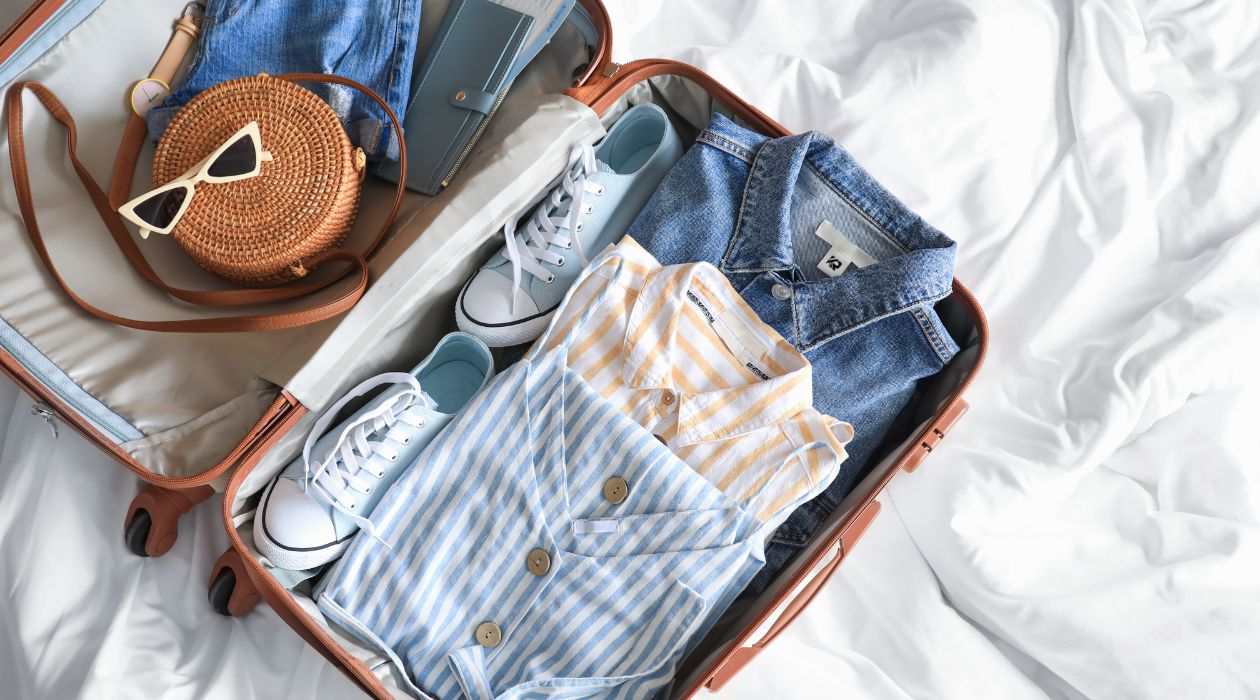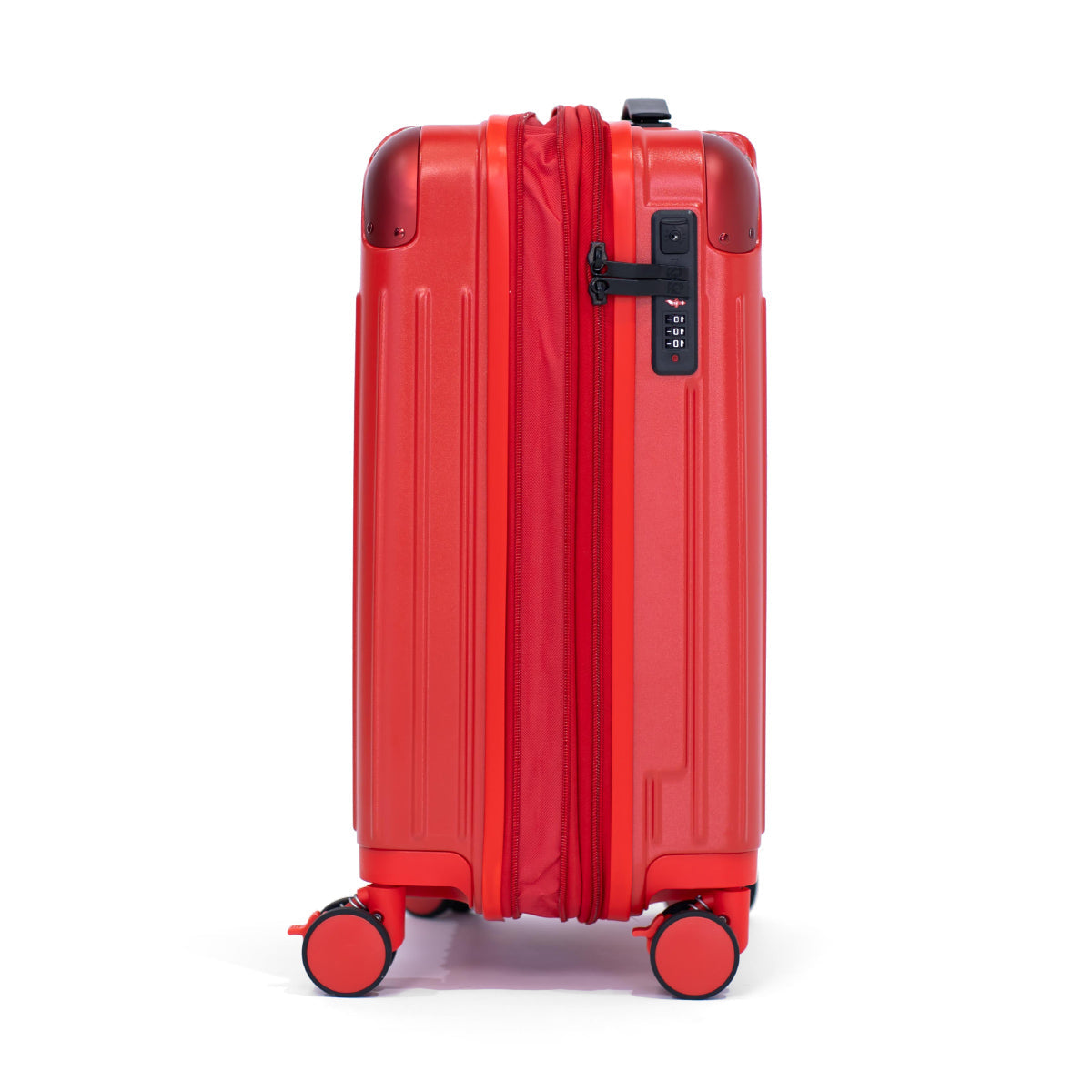
How Airlines Handle Checked Luggage: What Really Happens
As you deposit your suitcase on the airline's desk, it is like a little step of faith. You waved your farewell and felt that it would wave back at the baggage carousel at the other end. Have you ever been curious to know what happens to your checked luggage once it is out of sight behind those rubber curtains at the airport?

The path of checked luggage is a very interesting process of various people, machines, and strict coordination. Knowing it is not only about fulfilling curiosity, but it will make your luggage smarter and prevent some luggage hassles. Let us have a closer look at what happens to your carry-on bags as they go through the baggage handling process at the airlines.
Step 1: The Check-In Drop
The process will start by you handing your luggage over at the airline check-in desk or when you are using self-check-in machines. At the airport, the airline agent prints a luggage tag with a barcode bearing your flight information, your final destination and, in some cases, even connections. This label is the passport to your bag- the system knows where your bag should be delivered and can track it across its route.
Now your bag is put on a conveyor belt and is out of sight. At this point, it is put in the large maze of the airport's baggage handling system.
Step 2: Security Screening
Your luggage only has an idea of approaching the plane before it is subjected to the security checks.
-
X-ray Machines: Bags are scanned in order to identify any prohibited items like explosives, weapons, or more liquids than permitted.
-
Further screening: In case of suspicious items in the bag, it may be pulled over by the security officers and inspected through manual efforts.
Passengers don't see this, but it is one of the key activities involved in ensuring safety in air travel.
Step 3: Sorting the Bags
After security, your luggage is sorted according to your flight details. Large airports have advanced automated sorting systems that scan the barcode on your bag tag and send it in the right direction through a network of conveyors.
-
If you have a direct flight, the bag is routed to your aircraft’s designated area.
-
If you have connecting flights, the system ensures your bag is marked for transfer at the next airport.
The sorting stage is where efficiency matters most. A delayed or misdirected bag here could mean you and your luggage end up in different cities.
Step 4: Transport to the Aircraft
Luggage that has been sorted is then collected into carts or containers (also known as unit load devices), depending on the type of aircraft.
-
Smaller airplanes tend to have carts of baggage loaded directly into the cargo area.
-
Larger international flights have special containers that organise bags, and with these, the unloading and loading of the bags can be easy.
Here, the baggage handlers drive the carts or containers onto the tarmac to the waiting aircraft.
Step 5: Loading the Cargo Hold
This is the moment your luggage finally boards the plane. Trained baggage handlers stack and secure bags in the aircraft’s cargo hold. Space is tight, so careful arrangement is essential.
To avoid damage or shifting during flight:
-
Heavy bags are placed at the bottom.
-
Lighter bags are stacked on top.
-
Fragile or special items (like pets or sports equipment) are stored separately.
Your bag is now officially travelling with you—even if you won’t see it until landing.
Step 6: The Flight
During the flight, your bag sits quietly in the cargo hold, secured and pressurised just like the passenger cabin above. The only difference? It doesn’t get a window seat or an in-flight meal.
Step 7: Unloading at Destination
At the landing of the plane, the reverse process occurs. The cargo hold is unloaded in a few minutes in tag bags or carts, or containers by baggage handlers. Time will be a vital component because the passengers will be moving towards the baggage claim area.
On flying connections, the baggage is sent straight back through the sortation system in the airport back to the conveyor system to be redistributed to the second flight. They are directed to the baggage claim system in the case of final destinations.
Step 8: Arrival at the Carousel
At the terminal your bag is placed on another conveyor belt and on its way to the baggage carousel. As it emerges from under flaps, the trip is over—and your baggage will likely be intact.
Why Bags Sometimes Get Lost or Delayed
With all the sophisticated systems, errors occur. This is the reason why bags are not always delivered on time:
-
Short connections: In case of a short layover, your luggage may not get to the following plane.
-
Broken or lost tag issues: A Broken tag is a means of misunderstanding for the system.
-
Sorting Mishaps: They are infrequent, but sometimes bags get on the wrong flight.
-
Overbooked Flight: On certain occasions, there is an overbooking applicable to the flights; therefore, when the specified weight limits have been met, a backlog of carry-on bags may be moved to the subsequent flight.
Good news? Airlines have improved a great deal in reuniting passengers with delayed luggage within 24 to 48 hours.
Tips to Make Sure Your Bag Survives the Journey
Knowing what happens behind the scenes can help you pack smarter. Here are some tips:
-
Use a Strong Bag – Choose durable checked luggage that can handle being tossed, stacked, and squeezed.
-
Label Your Bag – Add a luggage tag with your name, phone, and email. Inside the bag, keep a copy of your itinerary.
-
Avoid Loose Straps – Straps can get caught in conveyor belts and damage your bag.
-
Keep Essentials in Carry-On – Medication, documents, electronics, and valuables should always stay with you.
-
Make It Stand Out – A bright strap or cover makes your bag easier to spot and less likely to be picked up by mistake.
The Human Side of Baggage Handling
Although most of it has automation, at every point, real people are involved--baggage handlers, security officers and airline staff. In order to deliver your luggage when you need it they are working under pressure, sometimes out there in the elements.
The next time you watch your suitcase roll out on the baggage claim, you should imagine the path that the suitcase has travelled. It is not only your bag, but it is a traveller as well.
Why Koora Luggage Handles It Best
With the journey often being as bumpy as it is, it is even more significant to select an appropriate suitcase. Reinforced corners, smooth spinner wheels, and durable hard shells make Koora luggage built to go through the chaos of conveyor belts and the cargo holds. And since it is recyclable, Koora is also Earth-friendly.
Koora looks after all aspects of your bag as it passes through miles of belts, hands and holds and makes it stylish, secure and ready to jump into your next trip.
Final Thoughts
The next time you send your checked luggage waving down the airport, imagine the journey ahead of it. From security scanners and sorters to luggage carts, handlers and cargo holds, you could say that maintaining global travel is an intricate ballet.
For the most part, most bags arrive safely, but wanting solid baggage and doing some intelligent packing implies much peace of mind. Because while airlines pack your checked luggage with efficiency and care, it's up to you what suitcase you pack it in, whether it survives the trip.
At the end of the day, you and your bag are wanderers, and as a duo, you are embarking on another trip.



Leave a comment
This site is protected by hCaptcha and the hCaptcha Privacy Policy and Terms of Service apply.